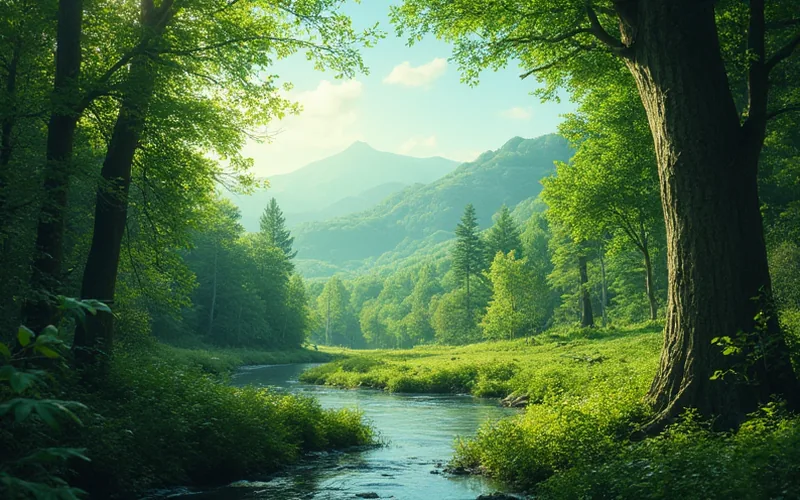
In the serene embrace of nature, many classical composers found their muse. The rustling leaves, the gentle flow of a stream, or the distant call of a bird have all played a subtle yet profound role in the creation of timeless music. One cannot speak of nature’s influence without mentioning Ludwig van Beethoven, who often sought solace in the forests surrounding Vienna. His “Pastoral Symphony,” the Sixth, is a testament to his deep connection with the natural world. The symphony captures the essence of a tranquil countryside, from the murmuring brooks to the joyous shepherd’s dance.
Similarly, the Bohemian composer Bedřich Smetana drew inspiration from the Vltava River’s journey through the Czech countryside. His piece “Má vlast” (My Homeland) paints a vivid auditory picture of the river’s path, mirroring its serene beginnings and tumultuous rapids with remarkable precision.
Beyond individual pieces, the Romantic era itself was a period where nature was revered as a powerful source of inspiration. Composers like Franz Liszt and Richard Wagner often depicted natural landscapes and phenomena through sweeping, emotive compositions. Liszt’s “Les Préludes” explores the philosophical idea of life as a series of preludes to greater experiences, often using natural imagery to convey this concept.
The connection between classical music and nature is not merely poetic; it is a profound bond that continues to resonate with audiences today. As we listen to these compositions, we are reminded of the timeless beauty of the world around us, and the endless possibilities it offers to those who dare to listen.





















